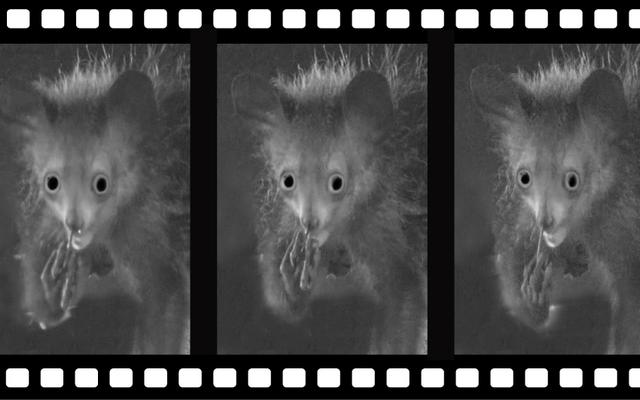Kontakt
- Telefon
- +41 31 350 72 90
- Netzwerk
- ResearchGate
My research interest is mainly focused on the understanding of the diversity of life. To do so, I quantify the morphology of animals and try to link it to their function and ecology. By doing so, I try to understand the evolution of life on Earth. A major goal of my research is to disentangle the impact of the different internal (e.g., development) and external (e.g., environment, climate) factors shaping the past and current diversity of organisms and how it relates to function (e.g., feeding and locomotion).
To understand the multiple factors shaping the current diversity of form and function in organisms, I use cross-disciplinary approaches, combining specimen-based work with in vivo studies (in zoos and in the field) and quantitative analyses of the musculoskeletal system (bone and muscles from museum collections) in the context of function (feeding and locomotion), behavior, and development. I integrate a set of different approaches from several fields in biology to quantitatively link morphology, behavior, and function in several group of vertebrates in order to shed light on the evolution of the paleoecology of extinct species.
I have been awarded external grants to fund fieldwork and students in addition to obtaining competitive funding for my own salary and project from French and EU funding agencies. This has enabled me to work in five different countries (France, UK, USA, Switzerland and Germany) and mainly in museums (MNHN, Paris, France; NHM, London, UK; Paläontologisches Institute und Museum, Zurich, Switzerland; MfN, Berlin Germany). As such, I have a deep connection and affinity with museum collections and am delighted to be part of the Naturhistorisches Museum Bern. I have extensively worked with Carnivora (dogs, cats, otters, badgers, bears and relatives) in particular, as well as Primates (us, lemurs, orang-outans, gorillas, chimpanzees and relatives), and marsupials (kangaroos, opossums and relatives).
As a curator, I will actively maintain the collection and be sure that they are up to date with new taxonomic findings. I will also address societal concerns by contributing to demonstrate how crucial collections are by showing the value of biological specimens to the public, why they are important for science, innovation, and education as well as to understand the past, present, and future impact of climate and environmental changes on biodiversity.
Recently, I was awarded a prestigious ERC Starting Grant to start my research group. The aim of my ERC project is to understand why metamorphosis is so common in animals and whether it is an advantage for them to be able to produce different morphologies in comparison to animals that do not show metamorphosis (including mammals like us, for example), especially in the context of environmental and climate change.

